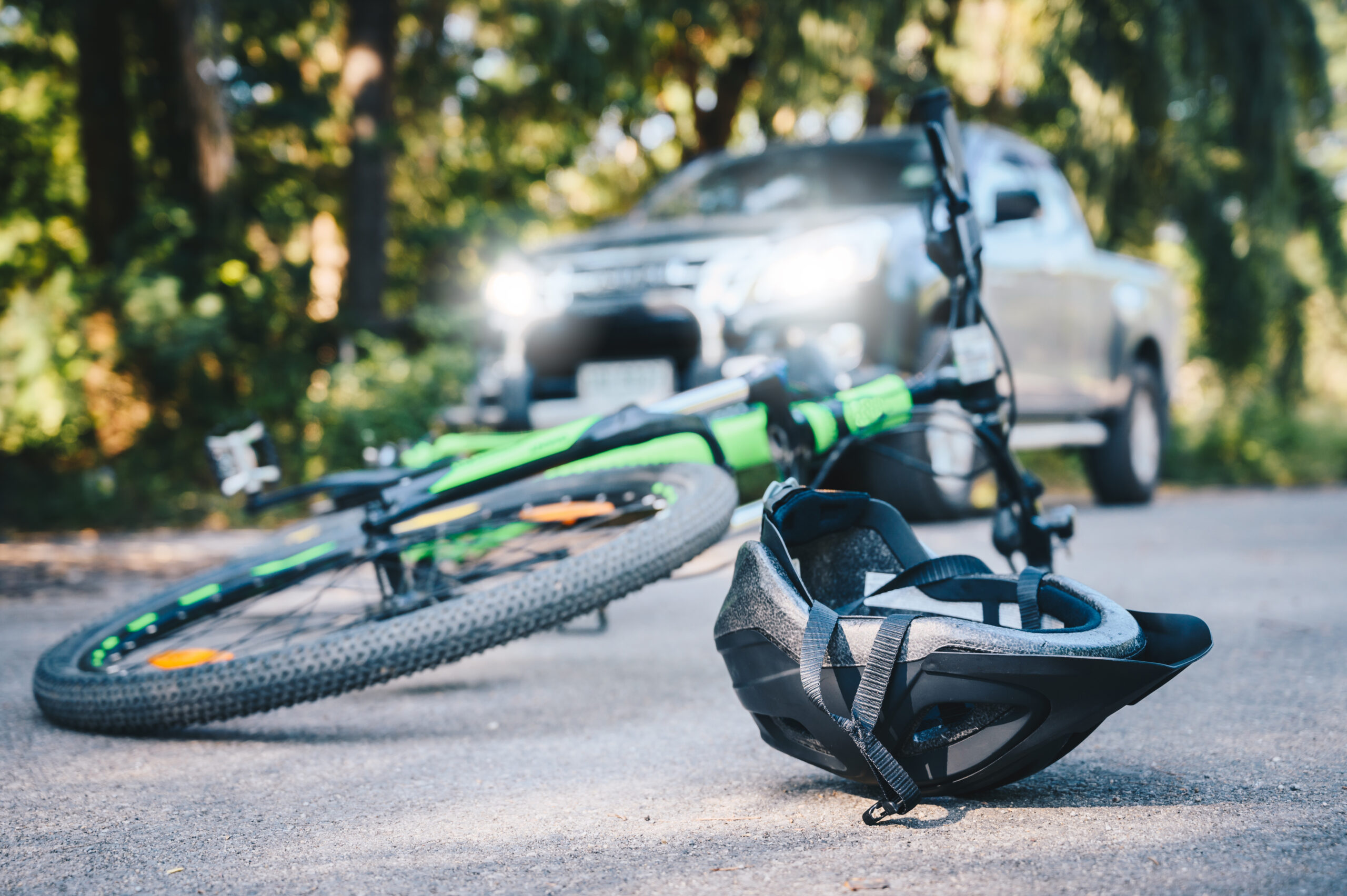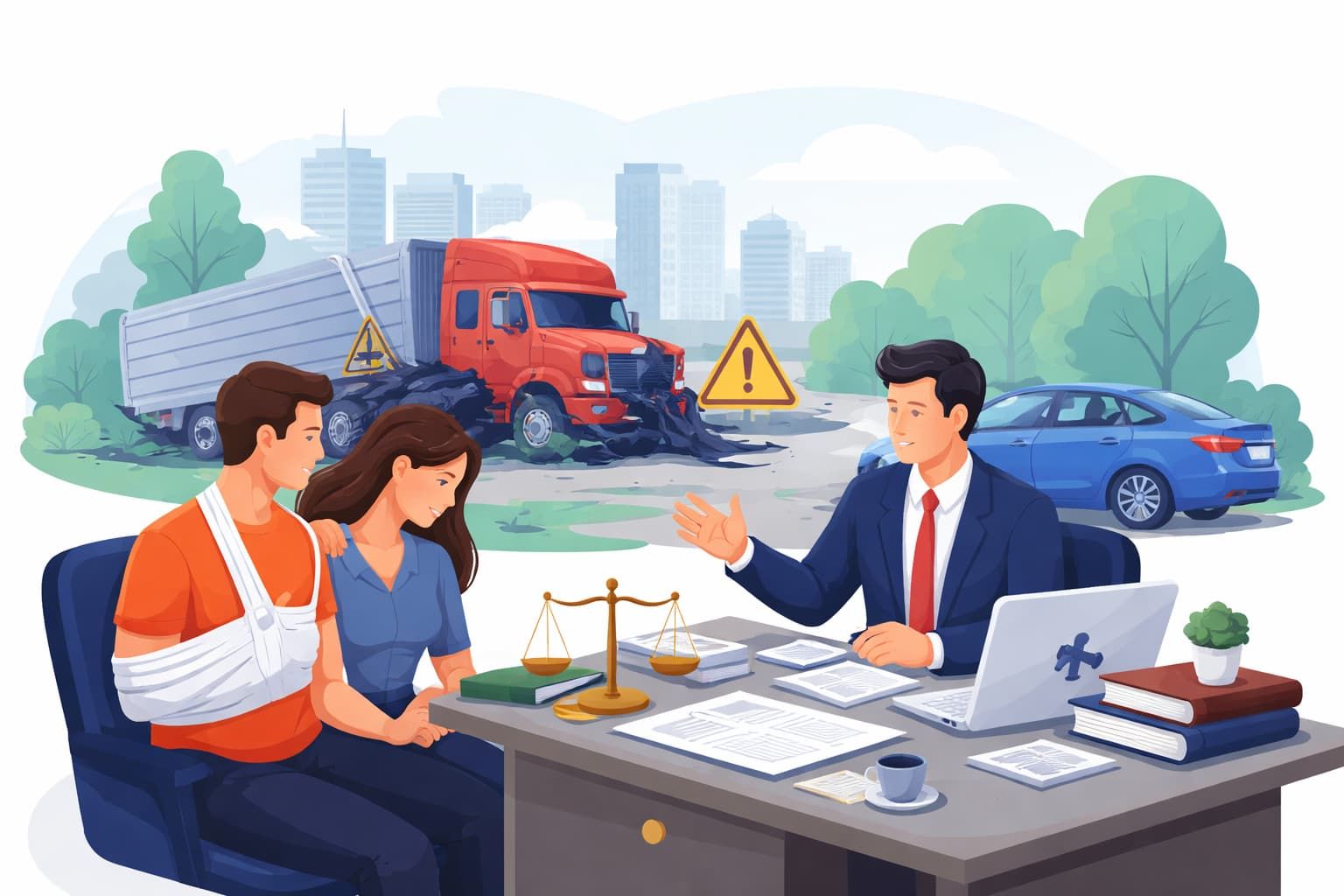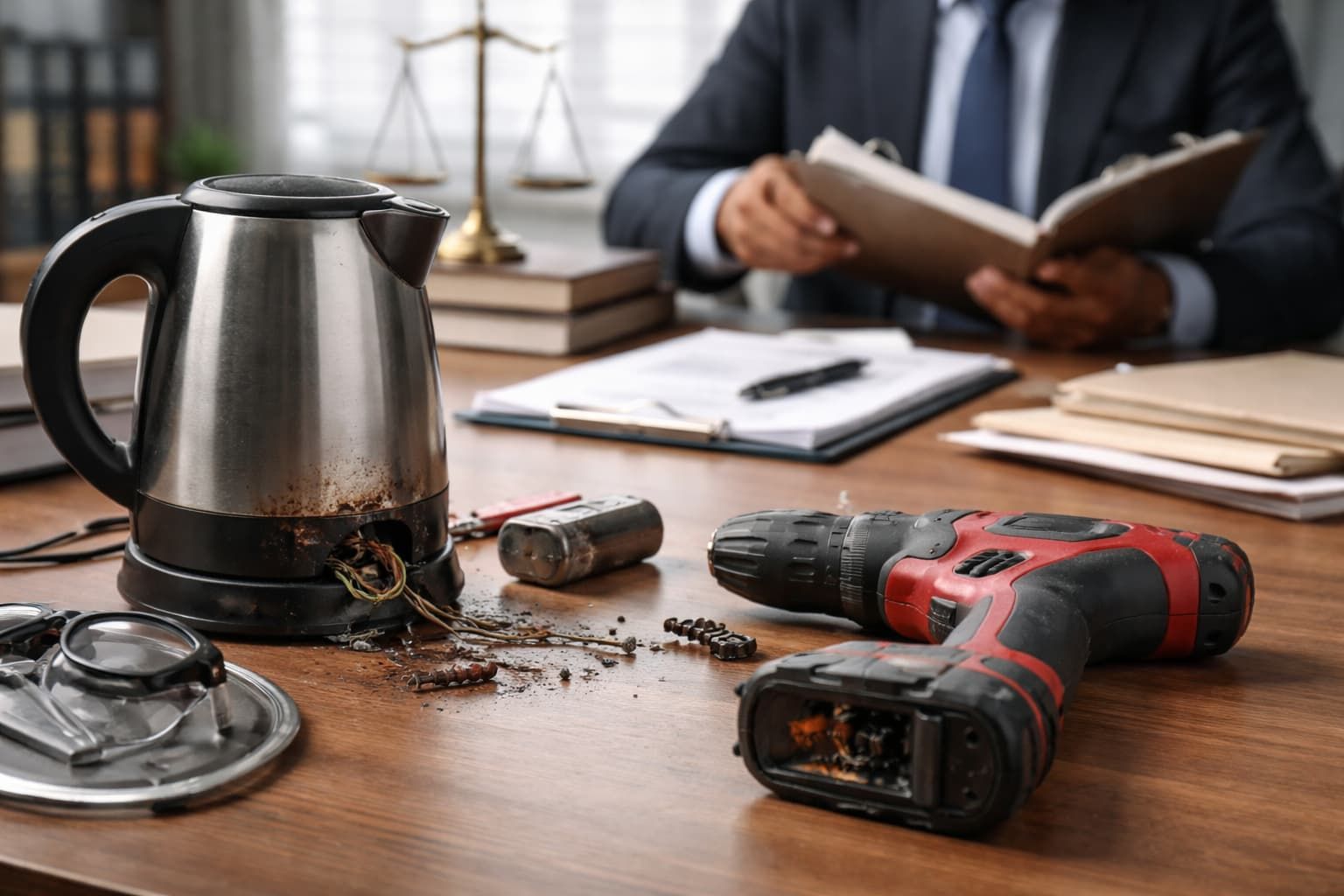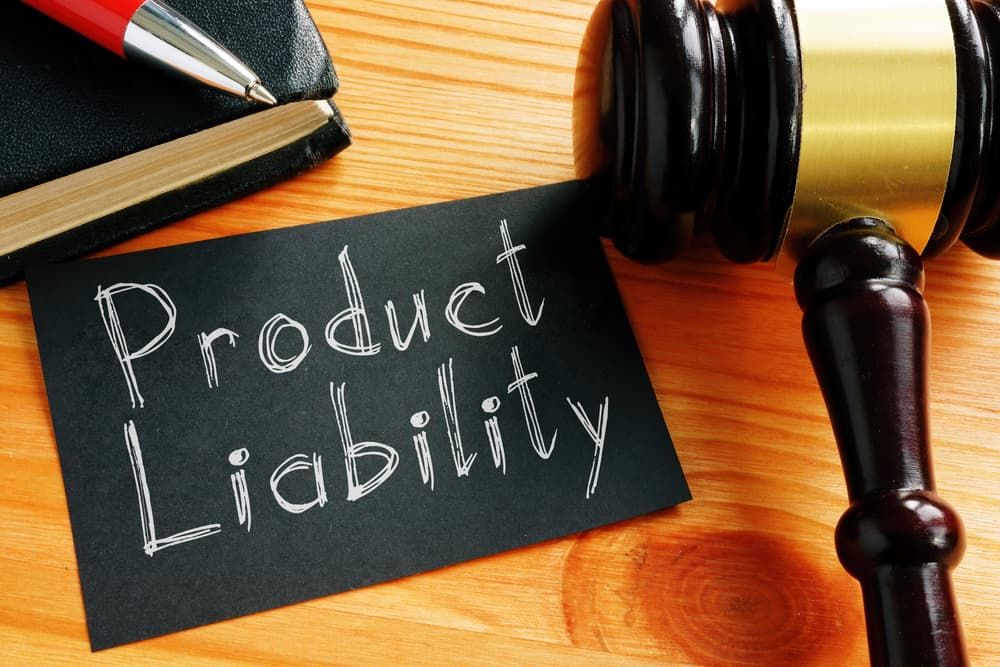Can You Claim Compensation for a Bicycle Accident?
Cyclists face significant risks every time they share the road with larger vehicles. Even with helmets, reflective gear, and cautious riding, accidents can happen suddenly and cause life-altering injuries. A driver’s distraction, a poorly maintained roadway, or an unexpected door opening can all cause harm that disrupts your health, mobility, and financial stability.
If another person’s negligence caused your bicycle accident, you may be eligible to seek compensation. A valid claim allows you to recover damages for medical care, income loss, and other injury-related expenses. A Massachusetts bicycle accident lawyer can explain your legal rights early in the process, allowing you to make informed decisions about your recovery.
If you’ve suffered an injury in a bicycle accident, contact Brooks Law Firm for a free consultation to discuss your potential claim. Call (617)245-8090 today to start your journey toward legal recovery.
Key Takeaways: Claiming Compensation for a Bicycle Accident
- You may claim compensation if another person’s negligence caused your injuries.
- Cyclists injured by negligent motorists can usually recover damages from the driver’s insurance policy.
- The severity and documentation of your injuries significantly influence the claim’s value.
- Medical reports, accident photos, and witness statements are key evidence in proving liability.
- Most claims are resolved through insurance negotiations, though serious or disputed cases may proceed to court.
- You can claim on behalf of a minor, incapacitated person, or deceased loved one in accordance with state laws.
- Seek professional legal representation to help with deadlines and ensure that your compensation reflects the true scope of losses.
When Can I Make a Cycling Accident Compensation Claim?
You have the right to make a cycling accident compensation claim when another person or entity’s negligence, recklessness, or wrongful conduct caused the crash that resulted in your injuries. Establishing liability is the basis of any successful claim, and doing so requires demonstrating that someone should have upheld a duty of care towards you, breached that duty, and led to your injuries or losses as a result.

Below are the key situations in which an injured cyclist may have the right to pursue compensation:
When a Motorist Causes the Accident
The majority of bicycle accidents have to do with collisions with motor vehicles. Drivers have a legal duty to use the road responsibly and watch for cyclists. Failing to do so exposes them to liability for the following harm.
Common forms of driver negligence include:
- Distracted driving: Using a phone, eating, or adjusting the radio instead of paying attention to the road.
- Failing to yield: Ignoring cyclists’ right-of-way at intersections, crosswalks, or while merging.
- Speeding or reckless driving: Driving too fast for conditions or weaving through traffic increases the likelihood of striking a cyclist.
- Unsafe passing: Drivers must give cyclists a safe buffer—typically three feet or more. Failing to do so can cause sideswipe accidents or force cyclists off the road.
If evidence shows the driver violated traffic laws or acted carelessly, you may file a claim against their insurance to recover damages. It is advisable to engage a bicycle accident attorney early to assemble evidence.
When Road Conditions Contribute to the Crash
Not every bicycle accident results from driver negligence. In many cases, poor road conditions or government negligence play a role. Potholes, loose gravel, broken pavement, and missing signage can make it impossible for cyclists to stay upright.
If inadequate maintenance or unsafe road design caused the crash, a government agency or contractor responsible for the roadway may be legally responsible. These claims follow specific notice and filing deadlines, so seeking legal guidance is vital.
When Defective Bicycle Parts Cause Injury
Manufacturers are legally responsible for ensuring that their products are safe for use. You may file a product liability claim if your bicycle, helmet, or any other cycling component malfunctions due to a design or manufacturing defect. Examples of potential defects include:
- Faulty brakes that fail to engage properly
- Tires or wheels that separate or collapse
- Structural frame failures during normal use
- Malfunctioning gear or chain systems that cause loss of control
In such cases, the manufacturer, retailer, or distributor may be held accountable for injuries resulting from the defective product.
When Another Cyclist or Pedestrian Causes the Accident
While less common, some bicycle accidents involve collisions between cyclists or between a cyclist and a pedestrian. Suppose another person’s careless behavior, such as swerving unexpectedly, blocking a bike lane, or walking into your path, caused the crash. In that case, you can pursue a claim against their liability coverage or personal assets.
When an Employer or Delivery Company Is Involved
If a commercial driver or delivery vehicle strikes you while on duty, you may have a claim against the driver and their employer. Under vicarious liability principles, businesses can be held legally responsible for their employees’ negligence. In addition, companies that fail to properly maintain their vehicles, enforce safety policies, or conduct driver training may face separate negligence claims.
Common Causes of Cycling Accidents
Many factors contribute to bicycle accidents, but most stem from preventable human error, unsafe road conditions, or mechanical failures. Understanding what commonly leads to these incidents is essential for proving fault and helping victims recognize whether their situation qualifies for compensation. Below are the leading causes of cycling accidents and how each contributes to a potential claim.
Distracted Driving
One of the most frequent causes of serious bicycle crashes is driver distraction. When motorists glance at a phone, eat, or interact with passengers, their attention shifts from the road for critical seconds. During that brief lapse, a driver might fail to notice a cyclist riding alongside or crossing an intersection. Because bicycles are smaller and less visible than cars, distracted driving almost always places cyclists at risk of being sideswiped, rear-ended, or hit head-on.
Dooring Incidents
Dooring accidents occur when the door of a parked car opens directly into the path of an oncoming cyclist. These crashes are particularly common in urban areas where cyclists ride near parked vehicles. A dooring incident can throw cyclists into traffic or cause them to swerve into another hazard, leading to severe injuries. Even though the vehicle was stationary, the person opening the door can still be held liable for failing to check for approaching cyclists.
Failing to Yield or Ignoring Traffic Signals
Motorists must legally share the road and yield to cyclists when appropriate. However, many crashes occur because drivers violate the right-of-way at intersections, roundabouts, or crosswalks. When a driver assumes a cyclist will stop or misjudges their speed, the collision can be catastrophic. In such cases, the violation of traffic laws becomes strong evidence of negligence.
Unsafe Lane Changes and Passing
Cyclists can use the road like motor vehicles, yet many drivers fail to provide sufficient space when passing or changing lanes. Crowding cyclists, cutting them off, or turning too closely can cause a crash. Some drivers also misjudge a cyclist’s speed when making a left turn across oncoming traffic. These scenarios create strong grounds for a liability claim because the driver violated the cyclist’s right to a safe operating distance.
Speeding and Reckless Driving
Excessive speed reduces a driver’s reaction time and makes stopping or avoiding obstacles more difficult. When cyclists are involved, speeding often results in devastating consequences. The force of impact between a vehicle and an unprotected rider can cause life-altering injuries, such as spinal damage or traumatic brain injuries. Reckless behaviors such as tailgating or aggressive overtaking further compound the danger and can be used as evidence of gross negligence in a civil claim.
Poor Road Maintenance
Uneven pavement, potholes, gravel, and debris are hazardous for cyclists, who rely on stable surfaces to maintain balance. The entity responsible for maintaining the road can be liable for injuries if it fails to address known hazards. These cases are usually more challenging than standard negligence claims due to specific procedural rules and notice requirements for government entities, but they remain valid when supported by timely evidence.
Low Visibility and Weather Conditions
Limited visibility caused by fog, rain, or poor lighting can increase accident risk for cyclists. While these conditions may not establish liability, they become relevant when drivers fail to adjust their behavior accordingly. For instance, speeding in heavy rain or failing to use headlights in low light can demonstrate negligence. Cyclists can also enhance their safety by using reflective gear and lights, but the legal responsibility for safe driving still lies with motorists.
Mechanical Failures
Mechanical defects, whether in the bicycle itself or a vehicle involved in the crash, can also lead to serious accidents. A sudden brake failure, tire blowout, or chain malfunction may cause loss of control. If the failure stems from a manufacturing defect, you can claim product liability against the bicycle manufacturer or the component supplier. Alternatively, the vehicle owner may share liability if poor vehicle maintenance contributed to the accident.
Driving Under the Influence
Drug-impaired driving slows reaction times and impairs judgment, making them particularly dangerous to cyclists. Even at lower speeds, an intoxicated driver can drift into bike lanes or misjudge a cyclist’s position. In these cases, DUI evidence significantly strengthens the injured cyclist’s claim for damages and may justify pursuing punitive damages depending on the jurisdiction.
Common Types of Injuries From Bike and Cycling Accidents
The nature and extent of a cyclist’s injuries play a central role in determining the compensation value of a claim. More serious or long-term injuries generally result in higher settlements, resulting in greater medical expenses, longer recovery periods, and lasting effects on quality of life. The most common injuries seen in bicycle accident claims include:

- Fractures and broken bones
- Head and traumatic brain injuries (TBIs)
- Spinal cord and back injuries
- Soft tissue injuries and whiplash
- Internal injuries
- Facial and dental injuries
- Psychological trauma
- Road rash and severe lacerations
- Nerve damage
- Joint injuries – shoulder, knee, or wrist dislocations
Each injury category contributes uniquely to the total compensation amount. Medical records, diagnostic imaging, and professional evaluations are vital for accurately representing the full scope of harm suffered in a cycling accident. Accurate documents about injuries and their scope give your lawyer leverage during negotiations with insurance companies or in court.
Contact a Bicycle Accident Lawyer Today
If you suffered an injury in a bicycle accident, you deserve compensation that fully reflects your losses. The outcome should not be determined by what the insurance company is willing to offer. The Massachusetts personal injury attorneys at Brooks Law Firm can review your documentation, calculate the true value of your claim, and pursue every available source of recovery on your behalf. Call us at (617)245-8090 to book a case review and protect your right to full compensation.
Frequently Asked Questions About Bicycle Accident Claims
What can you claim if you suffered an injury in a cycling accident that was not your fault?
You can recover compensation for medical expenses, lost income, bicycle repairs, and any future treatment you may need. Additionally, non-monetary damages such as emotional distress, pain and suffering, or reduced quality of life may also be available depending on the extent of your injuries and the evidence provided. Courts may award punitive damages in some cases to penalize particularly reckless behavior. Your attorney can help identify all available compensation to ensure you receive a fair settlement.
How long does a bicycle accident claim take to settle?
Settlement timelines vary based on several factors, including the case’s complexity, the severity of your injuries, and the insurance company’s willingness to negotiate. Minor injury cases may resolve within a few months, while claims involving disputed liability or extensive medical recovery may take longer. A bicycle accident attorney ensures that your claim progresses efficiently while fighting for a fair and complete recovery rather than a rushed settlement.
Can I bring a bicycle accident claim on behalf of someone else?
You can file a claim for another person if they are a minor, incapacitated, or have passed away from the accident. Parents or legal representatives can pursue compensation for medical costs, lost income, or wrongful death damages. Your attorney will guide you through the process to ensure proper claim handling and full losses accounting.





